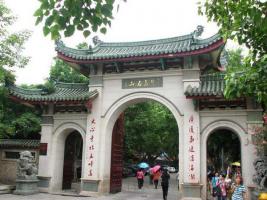Fujian Attractions
Fujian Province, with its capital Fuzhou, is on China's southeastern coast. It faces the island province of Taiwan across Taiwan Strait to the east.Fujian is blessed with a rich history, famous historical sites and beautiful natural landscapes. These make Fujian a unique tourist attraction. However, it is not yet a much worn traveler's path.
Fuzhou Drum Mountain
Drum Mountain, an important scenic area in Fuzhou, has enjoyed a long history and reputation. As early as the Jin Dynasty, it was appraised as one of "The Two Matchless Scenic Beauties in Fujian Province."
Fuzhou National Forest Park
Fuzhou National Forest Park is located in Xindian Town 7 km from Fuzhou city center, and covers an area of 2891 hectares.
Longyan Gutian Congress Site
The Gutian Congress or Gutian Conference was the 9th meeting of the Chinese Communist Party and the first after the Nanchang Uprising. It was convened in December, 1929, at Gutian in Shanghang County, then in Tingzhou Prefecture (now for the most part Longyan Municipality) in western Fujian Province.
Fujian Hakka Tulou
Tulou, meaning earth building, is the most extraordinary type of Chinese Hakka's rural dwelinngs in the mountainous areas of Fujian, in south China.
Putian Meizhou Island Matzu Temple
Meizhou Island, 42 km southeast form Putian city seat, is a national holiday resort. Mazu Temple, Golden Sand Beach and Riwen Rocks are the highlights for tourists. Especially, Meizhou Island is the home to Mazu, a sea goddness who is extensively worshipped around South China Sea. Marked by the Mazhu Temple, the island is regarded as the cradle of Mazu culture.
Putian Southern Shaolin Temple
The Southern Shaolin Temple, about 16 kilometers northwest from Putian City, was built in A.D. 557 the Southern Dynasties, 60 years after Songshan Shaolin Temple in Henan. Before that it had a old name Linquan Complex. As a big temple, the Linquan Temple had more than 20 buildings with more than 500 monks warriors living there according to the stone inscription.
Quanzhou Huian Women
As the starting point of the 'Silk Road on the Sea', Quanzhou came through a very long golden age of ocean transportation and foreign trades with about 100 nations since it became a prosperous open port city as early as in the Five Dynasties.
Quanzhou Kaiyuan Temple
The largest of Quanzhou’s Buddhist temples, Kaiyuan is also the city’s primary tourist attraction. The temple has an airy, stone-paved courtyard flanked by the impressive East and West Pagodas.
Wuyishan Moutain
Wuyi Mountain, 15 km south from Chong'an County in Fujian Province, is listed together with Tai Moutain, Huangshan Mountain, Emei and Leshan Mountain by UNESCO as the word's natural and cultural heritages. Wuyi Mountain, with area of 70 square kilometers, is also praised as number one scenic wonder in South China.
Xiamen Gulangyu Island
Known as the “garden in the sea”, the Gulang Island (aka the Drum Wave Islet, local name: Gulangyu) is situated southwest of Xiamen, separated from the city proper by the less-than-1000m wide Lujiang Strait. Seen from the sky, the island is oval-shaped with curving edges. It is a harmonious combination of natural scenery, green trees, colorful flowers, straits, islets, Sunlight Rock and the statute of Zheng Chenggong, etc.
Xiamen Nanputuo Temple
The Nanputuo Temple, also called the South Putuo Temple, is located at the southeast of Xiamen Island. The temple stands at the foot of the Five-Old-Man (Wulao) Peaks near sea.

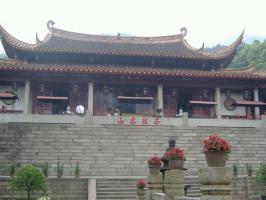
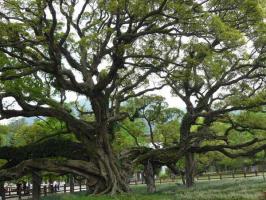
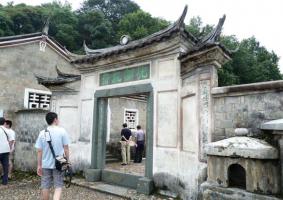
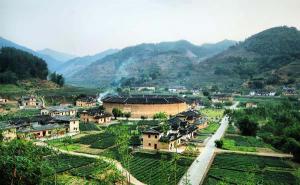
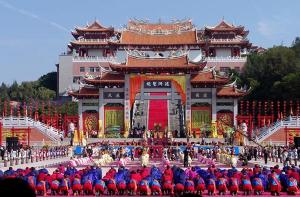
.jpg)
.jpg)
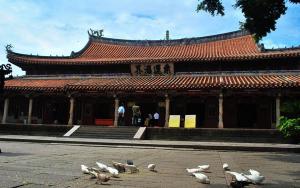
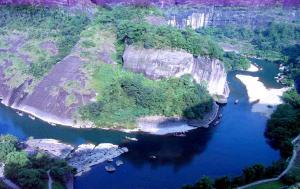
.jpg)
